Shoulder Hiking to the Neck
Click here to learn about our live workshops
Want better shoulder mobility? Download Day 1 of our Shoulder Mobility Program for free:
It is not uncommon to see neck pain and shoulder stiffness in an athlete...or any person for that matter. Sometimes it can go undetected and seem "mysterious". No matter how much you "release" the tissue (if that is even possible), the tightness and stiffness returns. When you "release" tissue and then it becomes tight again the next day, I am 99.99999% sure that you didn't release anything, unless that "releasing" and "adhering" process is so transient that it can regress in a 12-24 hour period. If you're thinking about chemical bonds on a microscopic scale versus scar tissue on a macroscopic scale, you have an argument. Ok lots of coffee on board this morning, I digress.
So when someone has this neck pain and shoulder stiffness that wasn't caused by a recognizable injury, it's important to look at how they are using that area of the body. A very common pattern of neck/shoulder dysfunction is hiking the shoulders up to the neck during any sort of pressing movement. That could be push ups, dips, ring dips, etc. The neck and shoulder should be able to move independently of each other. One should be able to be relatively relaxed while the other is active, and vice versa.
In this person who hikes the shoulders up during these pressing movements, they are more or less creating an anchor point on their neck off of which their shoulder can function. This isn't the best or more desirable pattern. We want the shoulder to anchor through the thoracic spine and lumbar spine, for the scapula to anchor off of those areas rather than preferentially anchoring off the neck.
The technique I show in this week's video demonstrates a nice and easy way disassociate neck movement from shoulder tension, how to cue shoulders anchoring more downward vs upward using a band as a coach, and how to integrate it. I love when an inanimate object is a powerful coach. When you can set yourself or an athlete up with something that can teach them more effectively than your words, that is a big leap forward. I think we talk too much instead of letting someone learn from non-verbal cues.
I hope you enjoy this week's video!
What to Read Next
Commonly Misunderstood Words in Movement and Mobility
Commonly Misunderstood Words in Movement and Mobility In this post I will be sharing my thoughts on common words used in the movement and fitness world with a focus on how to better define them conceptually, and where applicable, mathematically. Each day...
How to Stretch Shoulder Extension
How to Stretch Shoulder Extension Learn how to stretch your shoulder extension Want better shoulder mobility? Download Day 1 of our Shoulder Mobility Program for free: Option 1 For many people, option 1 will be the best option, especially if...
Three Position Band Pull Apart
Learn how to correctly perform the 3 position band pull apart to improve your shoulder and upper back strength and mobility
Why Shoulders HAVE to Move Differently
All shoulders have to move differently and stretching won't fix every problem. Learn how the anatomy affects overhead lifting.
Get all our latest articles sent directly to your inbox
Comments

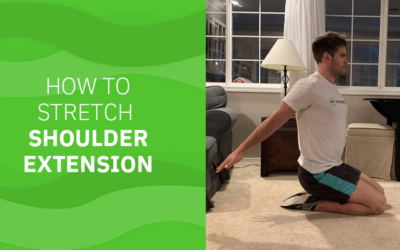
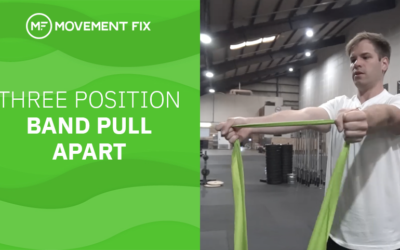
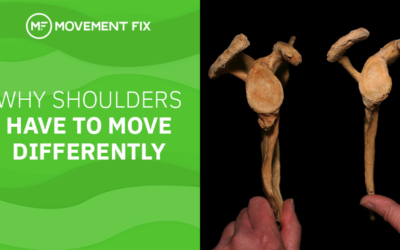

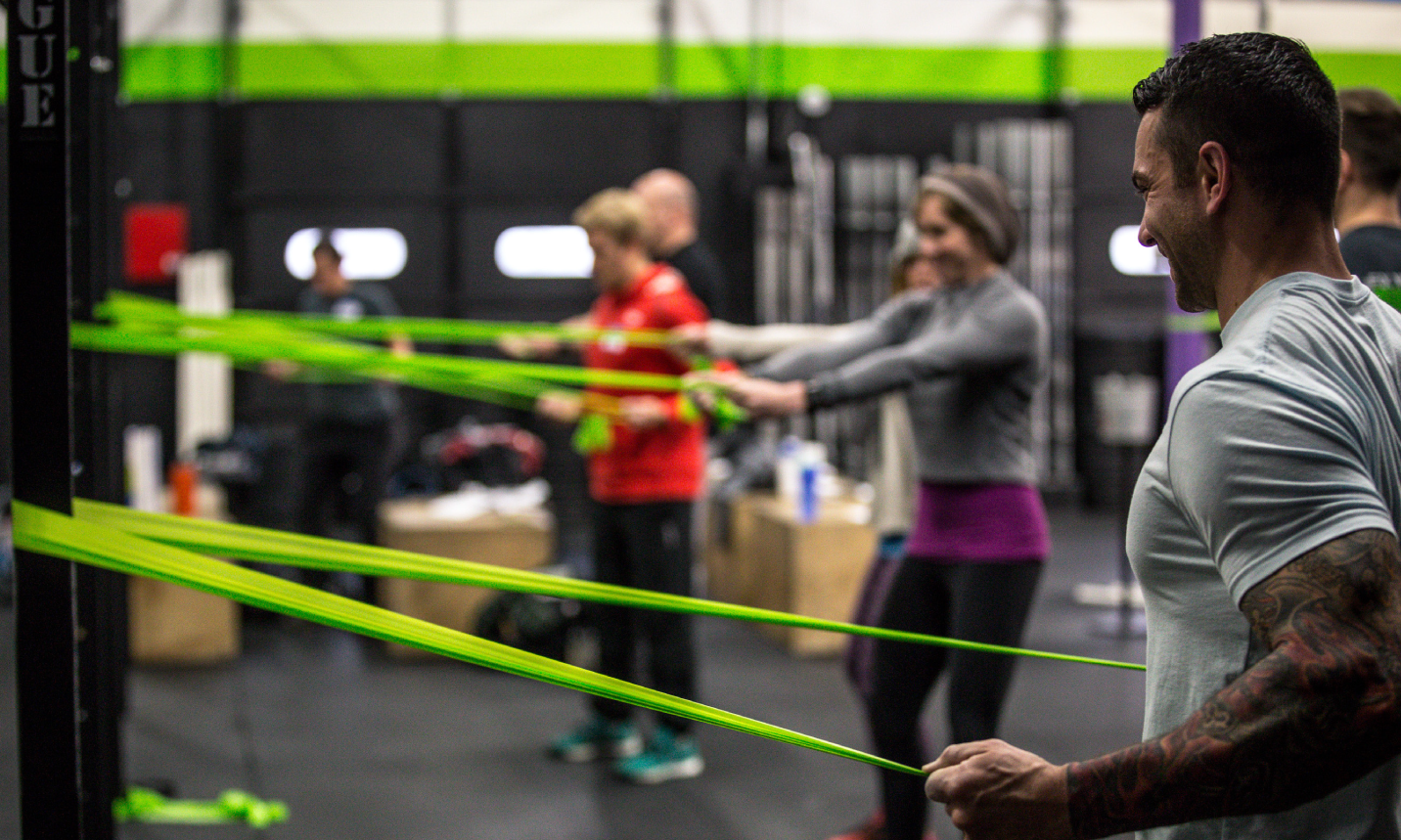
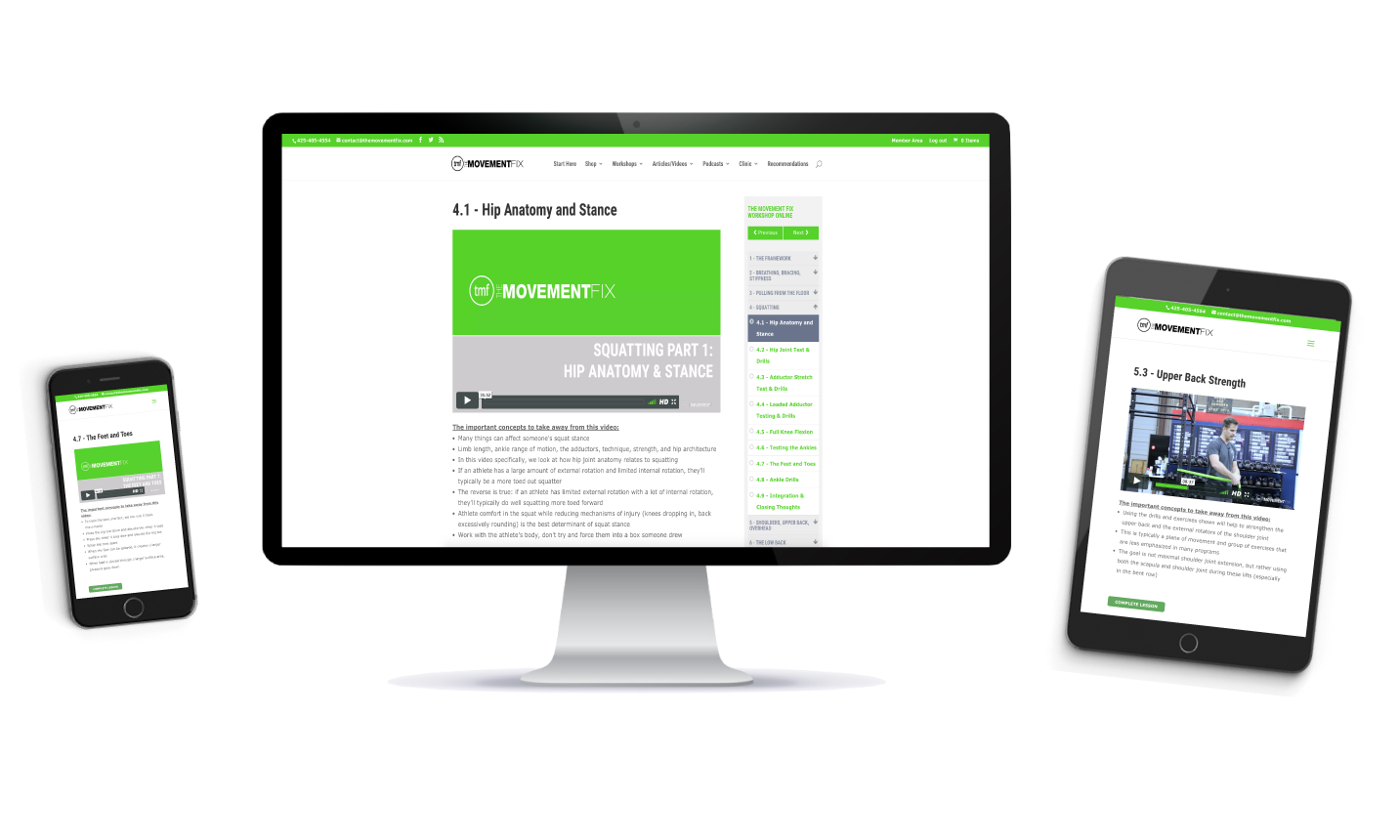
Loved the concept. I see you are interested in DNS... What you're doing in this video is the supine 3-month position and to get the core activation you are wanting, tilt your pelvis up as if there are tacks under your butt and you are trying to pull away. It loads the TL junction into the floor. I think you will love it!
Hey Debbie,
Thanks for the comment.
It's funny, I actually made this video 3 days before I took DNS exercise 1 haha!
When you are saying tilt your pelvis up, are you saying anteriorly or posteriorly tilt?
Posterior...but more like engaging the core to lift the pelvis than to tilt it. I literally just got on the floor to "feel" what I'm trying to say, haha.
like this? https://themovementfix.com/hip-flexor-tightness/